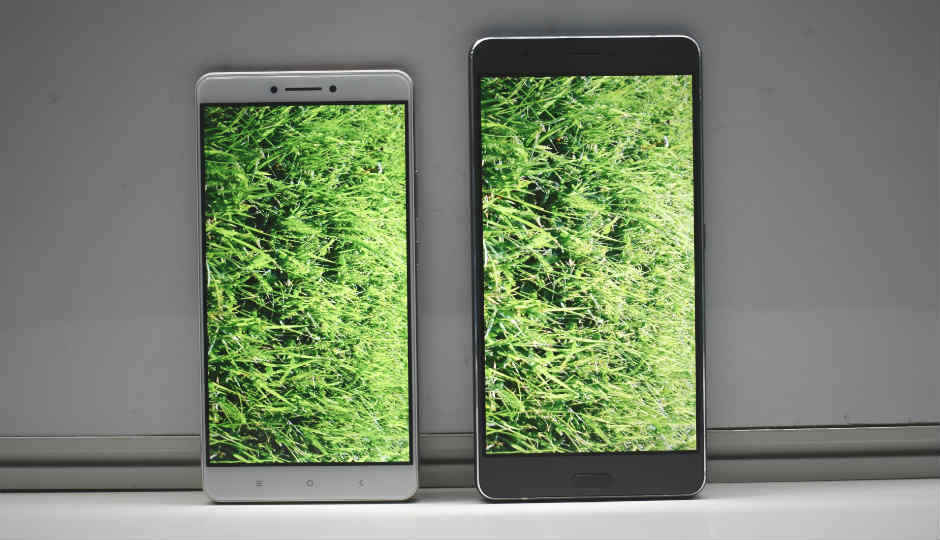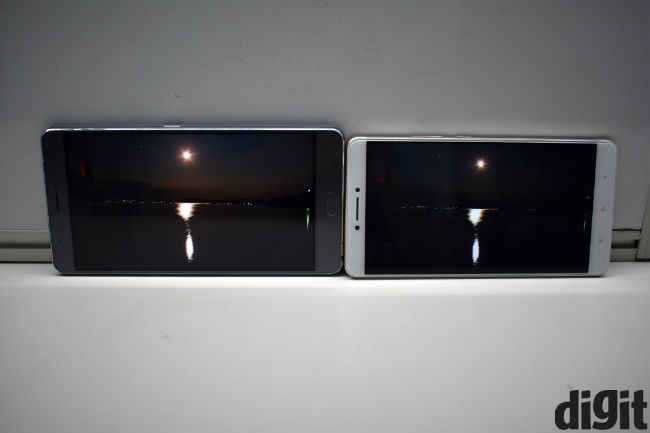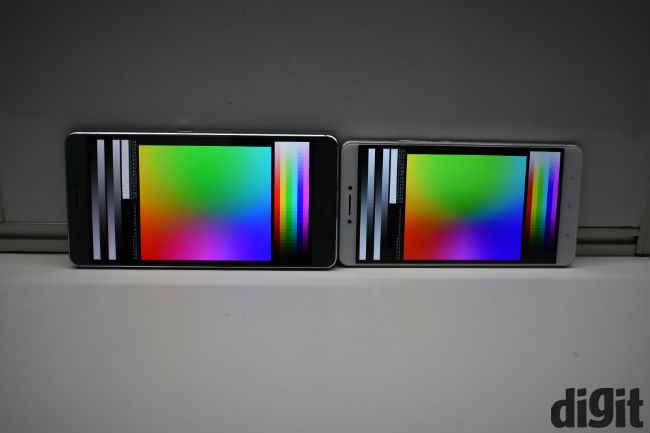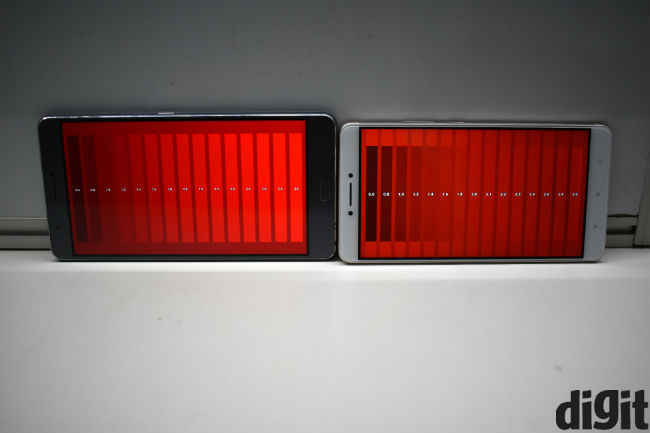Asus Zenfone 3 Ultra vs Xiaomi Mi Max: Display Comparison
The Asus Zenfone 3 Ultra and Xiaomi Mi Max are amongst the few options that phablet buyers have in India at the moment.

As 5.5 inch smartphones become more compact, companies are not done with huge phones just yet. Efforts have been made recently, to create a niche market for people who want huge smartphones, blurring the lines between phones and tablets. So far, on our tests, the Xiaomi Mi Max has excelled in this respect, pulling far ahead of Lenovo’s Phab range. However, that was all before Asus announced the Zenfone 3 Ultra.
 Survey
SurveyBetween them, the Mi Max and Zenfone 3 Ultra make for a whopping 13.2 inches of screen, and they run on pretty much the same hardware. Performance wise, there’s little to choose between them, although that is detrimental for the Zenfone, which costs nearly Rs. 50,000. When comparing such phones, though, it all comes down to what has a better display. It is that, that we set out to find with this test.
Brightness, Sunlight Visibility and Colour
In terms of display luminance, the Zenfone 3 Ultra and Mi Max are pretty much equal. The maximum luminescence values, tested using a HC Instruments Luminance Meter, are 512 Lux for the Mi Max and 517 Lux for the Asus Zenfone 3 Ultra. Using the same in sunlight is quite all right, but the Mi phone’s display is more reflective. That makes it worse under sunlight conditions, although the difference is very little.
Note: Images here are used for representation only. They were not taken in test conditions.
The Xiaomi Mi Max produces deeper blacks than the Asus Zenfone 3 Ultra.
When using in direct, bright sunlight, the two phones are easy enough to view without squinting. However, at 50% brightness, the Zenfone 3 is much easier to view than the Mi Max. That shows that the Zenfone manages brightness better than the Mi Max. Neither phone is good at managing brightness automatically, but you may be able to lower the brightness on the Zenfone 3 Ultra under sunlight, thereby saving battery.
Further, in terms of colour reproduction, the Mi Max’s display looks warmer than the Zenfone 3 Ultra. This will give images a more oversaturated look, which many may prefer. On the other hand, the Zenfone 3 Ultra’s display is produced closer to source images. Ideally, the choice comes down to your personal preference. In our experience, the warmer tones on the Mi Max’s display are preferred by many.
The Asus Zenfone 3 Ultra shows banding between closely matched colours
Going in-depth, the Mi Max reproduces a wider colour gamut than the Zenfone 3 Ultra. The difference here is quite huge, with the Zenfone standing at 1.0 against the Mi Max’s numbers of 2.4. Moreover, on using the right tests, you see banding on the Zenfone’s display, whereas the Mi Max is better at separating closely matched colours with each other. This can make a difference for keener observers. In practice, you'll get much better contrast on the Mi Max, while colours will be better defined on the Mi Max. This, combined with better black levels makes for a better viewing experience overall. Admiteddly, this may not make a big difference to regular users, but it does mean that the Mi Max has a better display than the Asus Zenfone 3 Ultra.
Speaking of colour, both phones have IPS panels and we wish the companies had used AMOLEDs instead. However, in comparative terms, the Mi Max does much better with the black levels than the Zenfone 3 Ultra. The contrast ratio on the Mi Max seems higher than the Zenfone 3 Ultra.
Other Aspects
While display is indeed the most important aspect of these devices, other aspects do matter. The two phones are almost the same in terms of performance. However, in practical terms, the Zenfone 3 Ultra sometimes feels more stuttery than the Xiaomi Mi Max. Upon playing Asphalt 8, the Zenfone 3 Ultra stuttered a bit on menus, whereas the experience was smoother on the Mi Max. The benchmark scores for the two phones are given below.
The Zenfone 3 Ultra also has a slightly better camera, which is expected given its price. The Mi Max’s 16MP camera has been improved over time, but the difference is primarily in terms of low light performance. The Zenfone 3 Ultra produces brighter images under low light. We will be comparing the cameras on these two devices side-by-side to gain a more in-depth perspective, soon.


